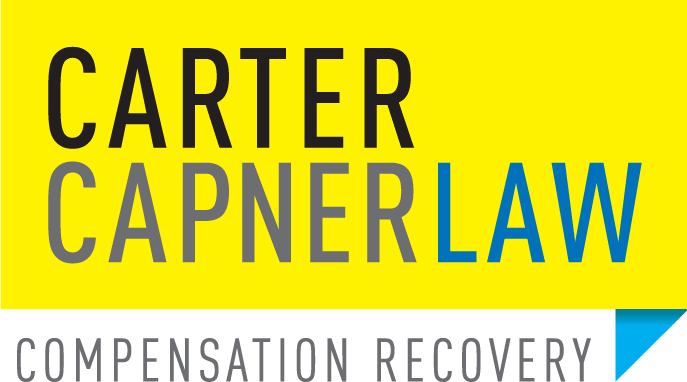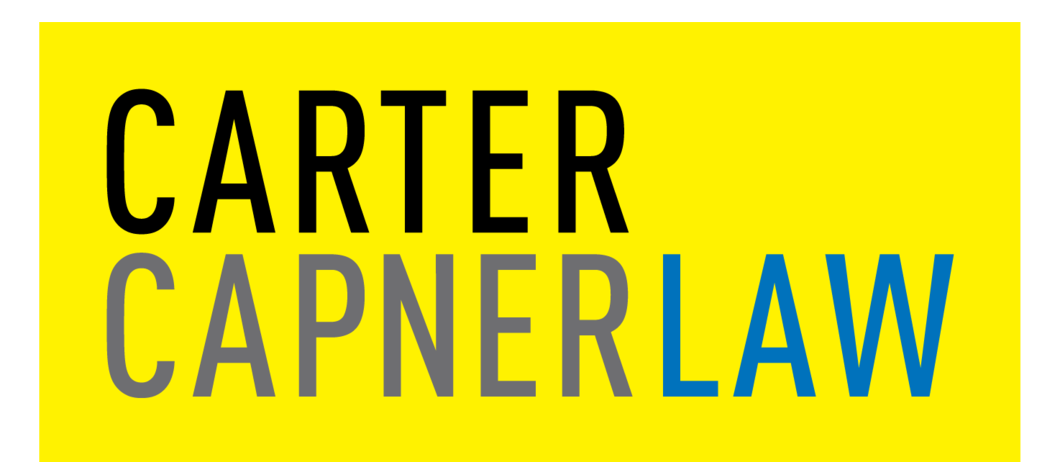A hot pursuit by police on a quiet evening in Bundaberg in March 2022 led to injuries to an innocent driver on his way home.
Jack Bauer – an 18-yr-old carpenter – was driving his WRX Subaru on Princess Street when a weaving Subaru Impreza under the control of an offender fleeing from following police, speared into the driver’s side of the WRX near Bunya Street.

The impact shunted Bauer’s low-slung sports car sideways into a sharp gutter, demolishing both front wheels, before it slammed into a fence.
With the spectacular high-velocity, high-energy collision captured by police dashcam, fault for the accident could never be put in dispute.
Before the crash, Bauer was the archetype of the young tradesman success story. A qualified carpenter at 18. Fit, agile, running loads up 45-degree slopes on a job site.
Working big hours for his father’s thriving carpentry business, with clear ambitions: become a builder, take over the business, work hard, earn well. No real medical history, no pattern of complaints. This robust baseline would matter later.
Bauer refused an ambulance from the accident scene. Six days later, he finally saw a GP. The notes recorded a mild history – “head hit back of chair but nil other injuries” – and, oddly, an adjustment disorder with anxiety.
When his injury compensation claim ultimately came before the Supreme Court in Rockhampton, Bauer complaints of persistent neck and right shoulder pain, exertional headaches and a brain injury were attacked on the basis there had been no contemporaneous records of any injury of significance.
There was no pleaded psychiatric claim.
But that neat narrative didn’t survive contact with Bauer’s personality.
Justice Graeme Crow found that Bauer had a deep-seated aversion to doctors, needles and medication. He was extremely anxious, shy, and inclined to minimise symptoms. He hadn’t seen a GP in four and a half years pre-accident; the mere fact he fronted up at all spoke volumes. The judge accepted his family’s evidence that Jack only attended because his father made him – and that his father did most of the talking. The absence of recorded complaints was not exculpatory; it was diagnostic of stoicism.
The real picture revealed Bauer had been missing work by early 2023. A CT scan revealed reversal of cervical lordosis, consistent with muscle spasm.
His physiotherapist Elaine Hallam had recorded a classic soft tissue cervical injury pattern: restricted range of motion, daily aggravation with physical work, partial but temporary relief from therapy.
Bauer, ever understated, kept saying he was “better”, even as objective findings showed persistent dysfunction. The court found his pain genuine, his tendency to downplay it real, and his evidence impressively honest.
Orthopaedist Jamie Mackenzie – for Bauer – supported a whiplash-type cervical injury from the crash. His colleague opposite, Simon Journeaux, relying on the misleading early GP note, attributed much to work factors. Crucially, when confronted with the true history – that symptoms had existed from soon after the accident but were under-reported – Journeaux changed his view and accepted accident causation.
Justice Crow ultimately found an 8% WPI cervical injury plus minor thoracic and shoulder components, with headaches, amounting to a 13% overall impairment and warranting general damages at the top of the “moderate” ISV range, uplifted for multiple injuries.
The CTP insurer for the at fault vehicle pushed hard on the idea that Bauer’s work pattern showed no compensable loss: he was still on the tools, still pouring slabs, still lifting 20kg cement bags, still “stepping up to the plate”.
It highlighted short periods of higher hours to argue only a modest global allowance was appropriate and leaned on an occupational therapist’s extreme assessment that would, paradoxically, have written him off as incapable of even sedentary work.
The plaintiff’s team flipped that narrative. They used lay witnesses – especially retired project manager Colin Lovett – to paint a before-and-after contrast no spreadsheet could ignore. Before the crash, Bauer was a weapon: fast, strong, tireless. After, he left early, missed days, guarded his neck, and relied on his cousin Cabel to do the heavy lifting.
The court accepted that Bauer’s “functional” presence on site was propped up by a sympathetic employer, flexible hours, and family support. Strip those away, and his competitiveness in the open labour market crashed as hard as his WRX.
The court treated future economic loss as an exercise in “double prophecy”. Absent injury, Bauer was likely headed for high-demand, long-hour, high-rate work – 45 to 60 hours a week at well above his current rate. With injury, he faced a permanent 20–40% erosion of capacity, crystallised at 30%, in a physically demanding trade with limited realistic alternatives given his social anxiety.
Working carefully through conservative assumptions, contingencies, and rejecting overblown and undercooked positions on both sides, the court fixed future economic loss at $527,535. Past loss, general damages, specials and limited future treatment rounded out a total judgment of $602,000.
The stoic plaintiff had turned a “minor” whiplash into a fully vindicated six-figure judgment through his meticulous presentation of lay and expert evidence.
Bauer v Clay [2025] QSC 114 Crow J, 22 May 2025
Categories: car accident


